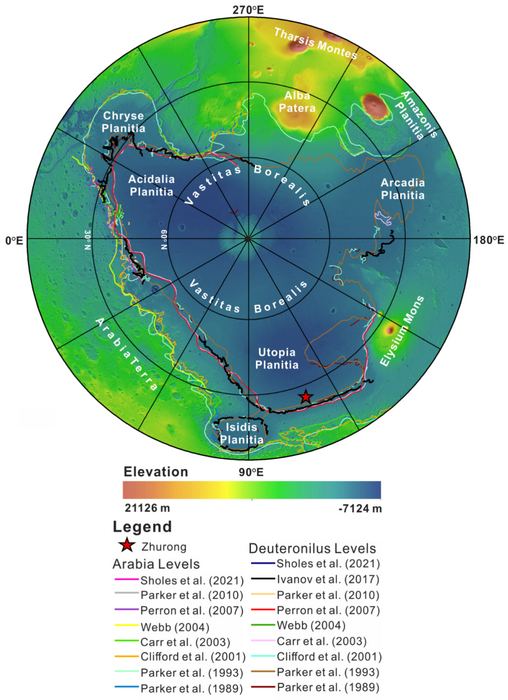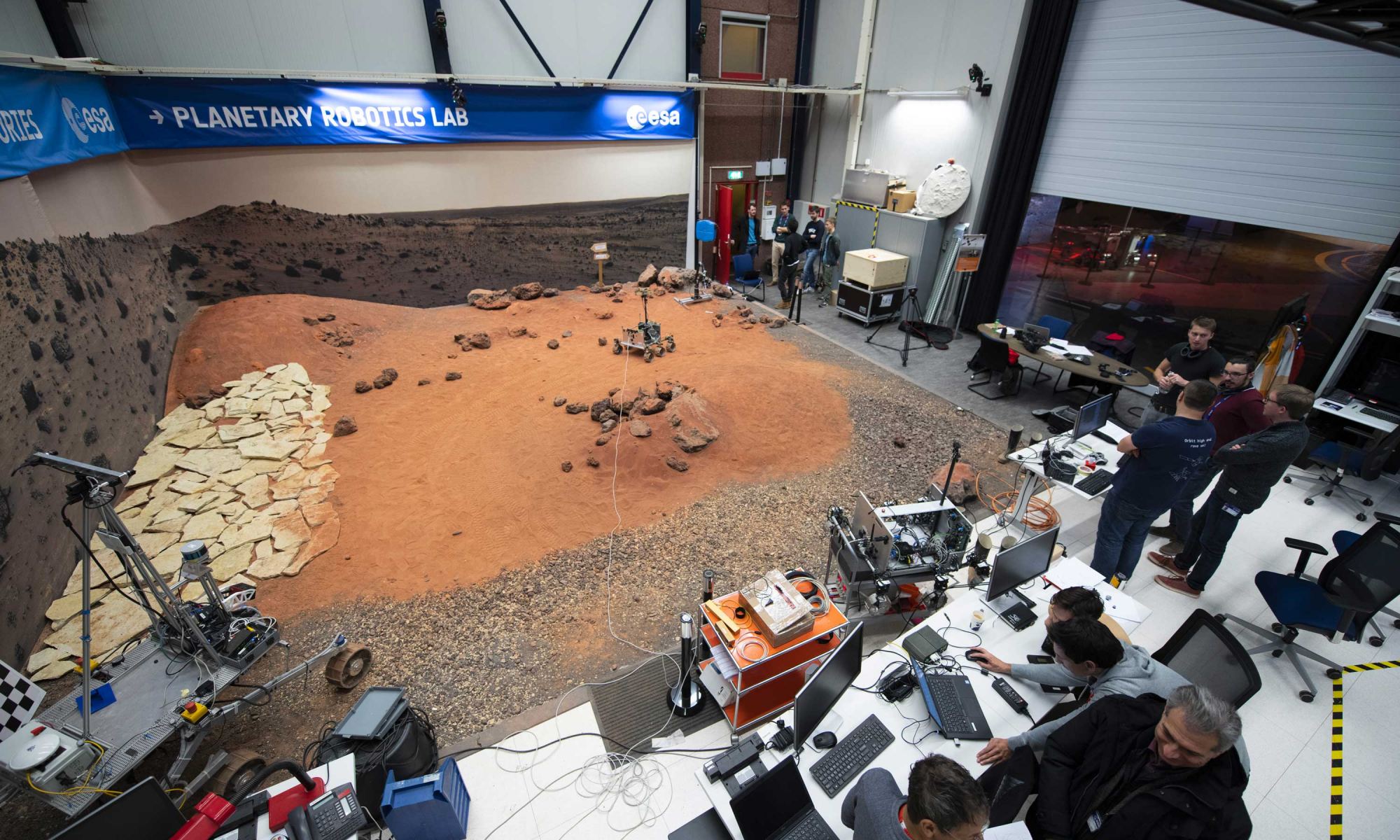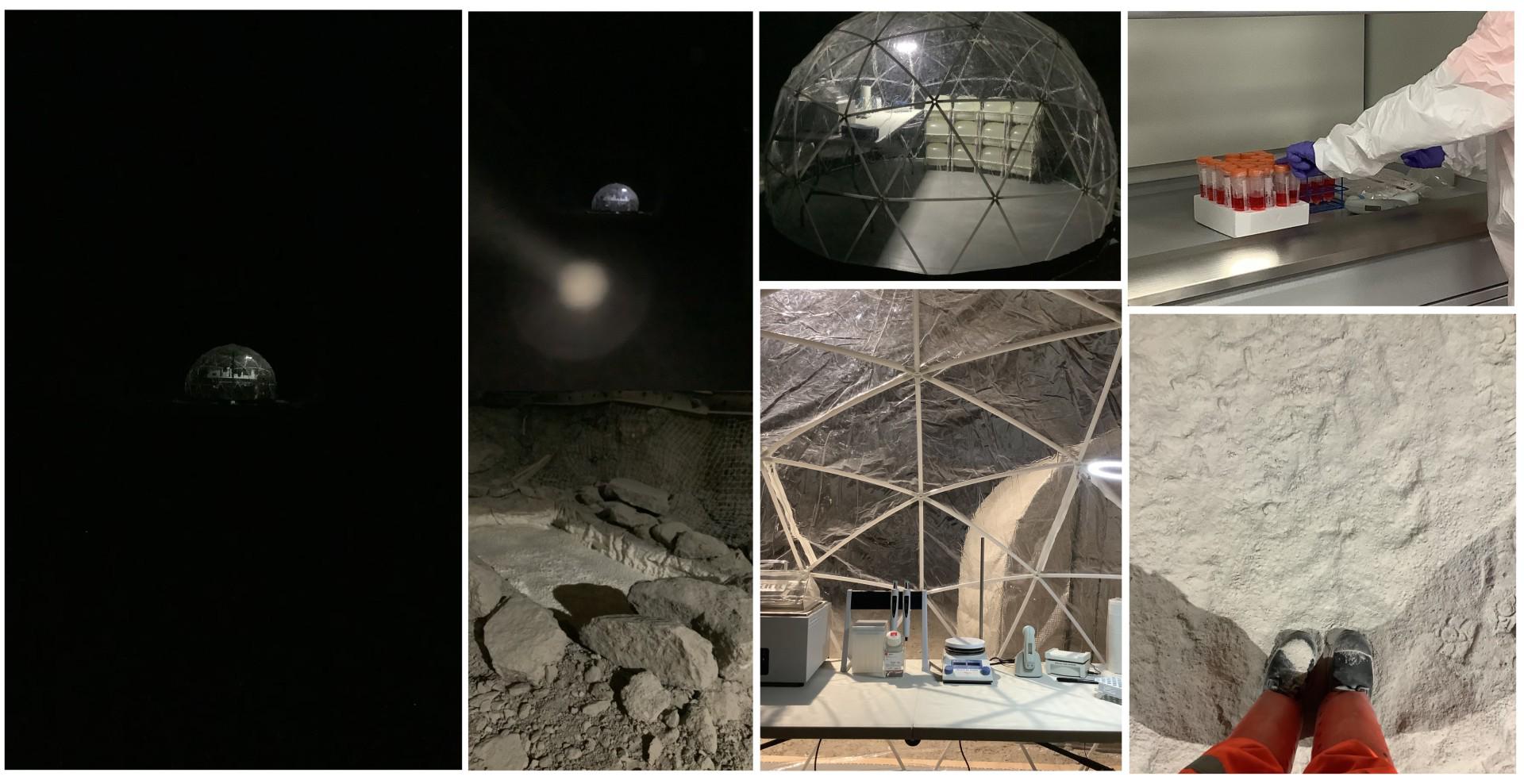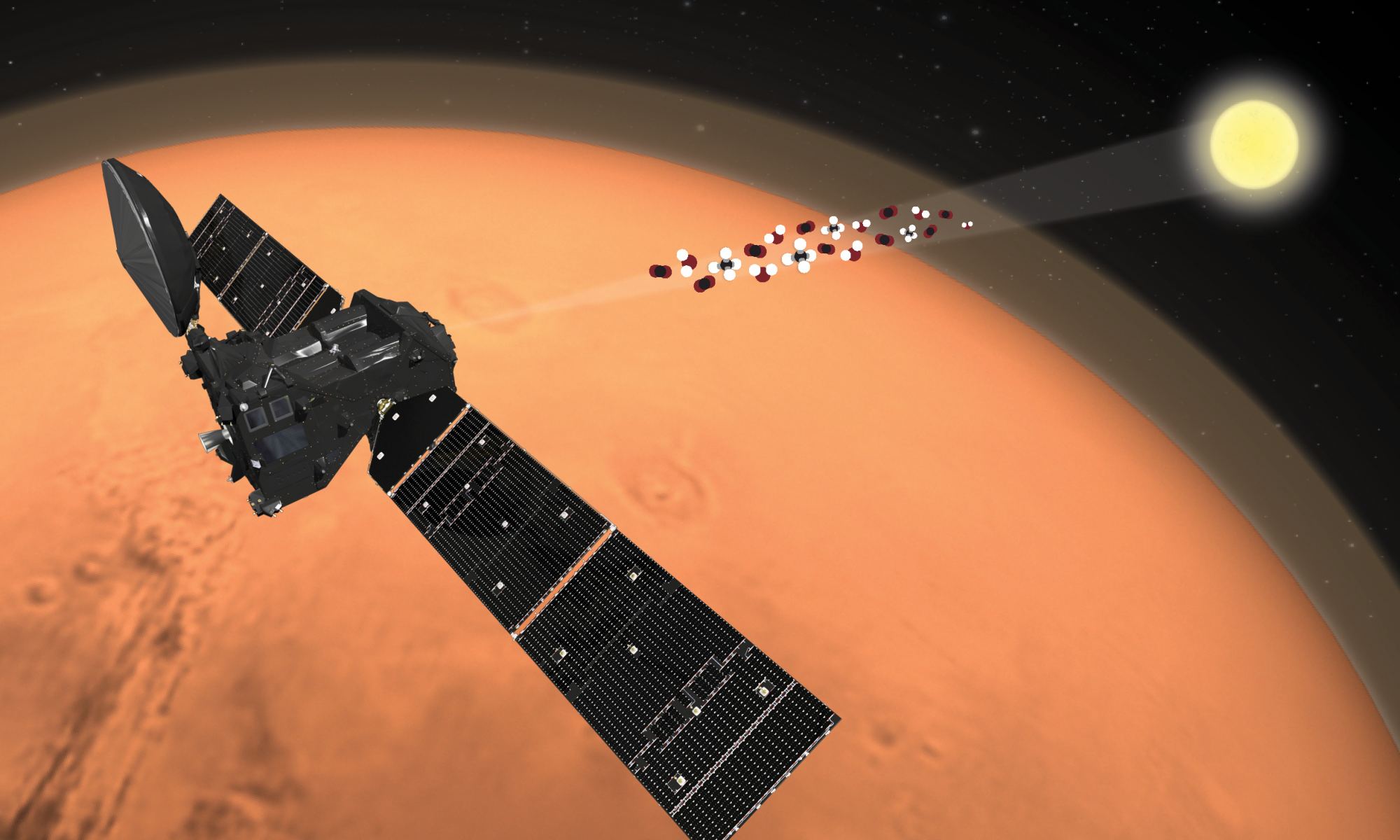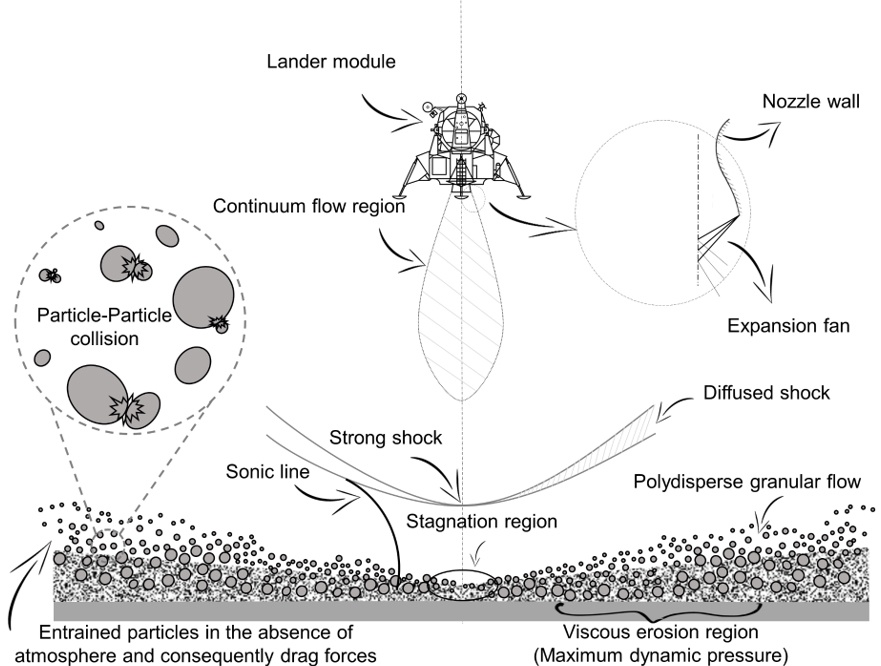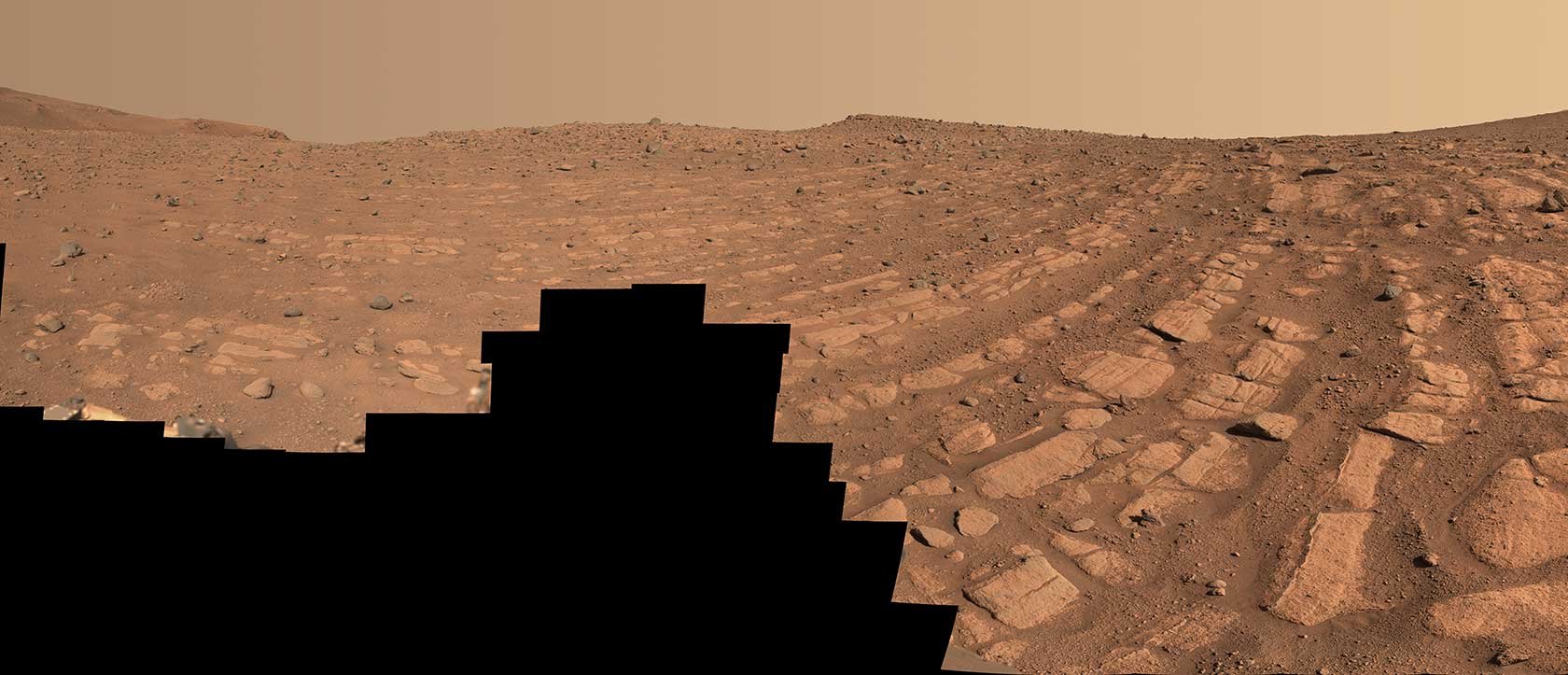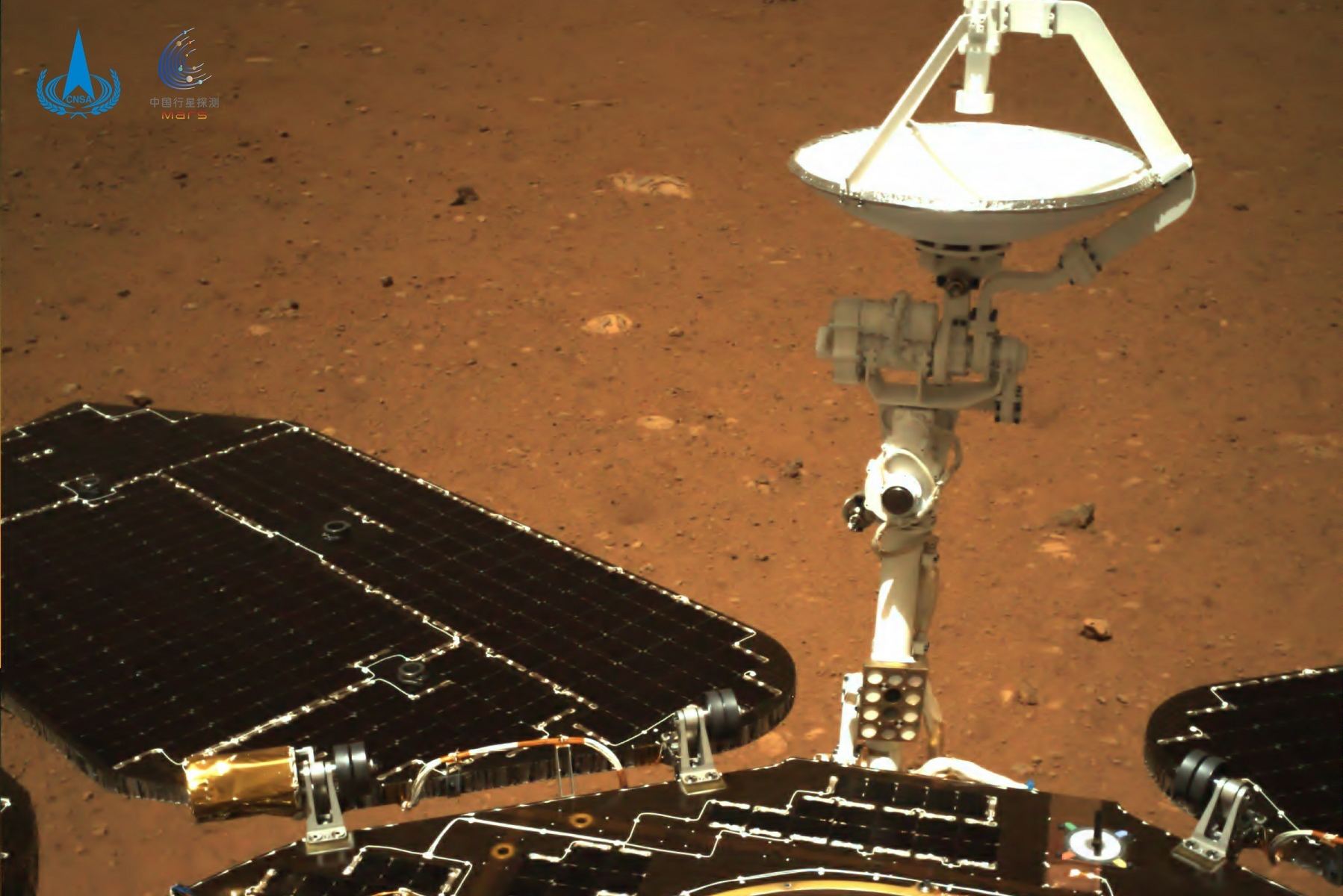In a recent study published in National Science Review, a team of researchers led by the China University of Geosciences discuss direct evidence of an ancient ocean and its shoreline that existed in the northern hemisphere of Mars during the Hesperian Period, or more than 3 billion years ago. This finding is based on data collected by the China National Space Agency’s (CNSA) Zhurong rover in the Vastitas Borealis Formation (VBF), which lies within southern Utopia Planitia on Mars.
Continue reading “China’s Rover Found Evidence of an Ancient Ocean on Mars”China’s Rover Found Evidence of an Ancient Ocean on Mars
